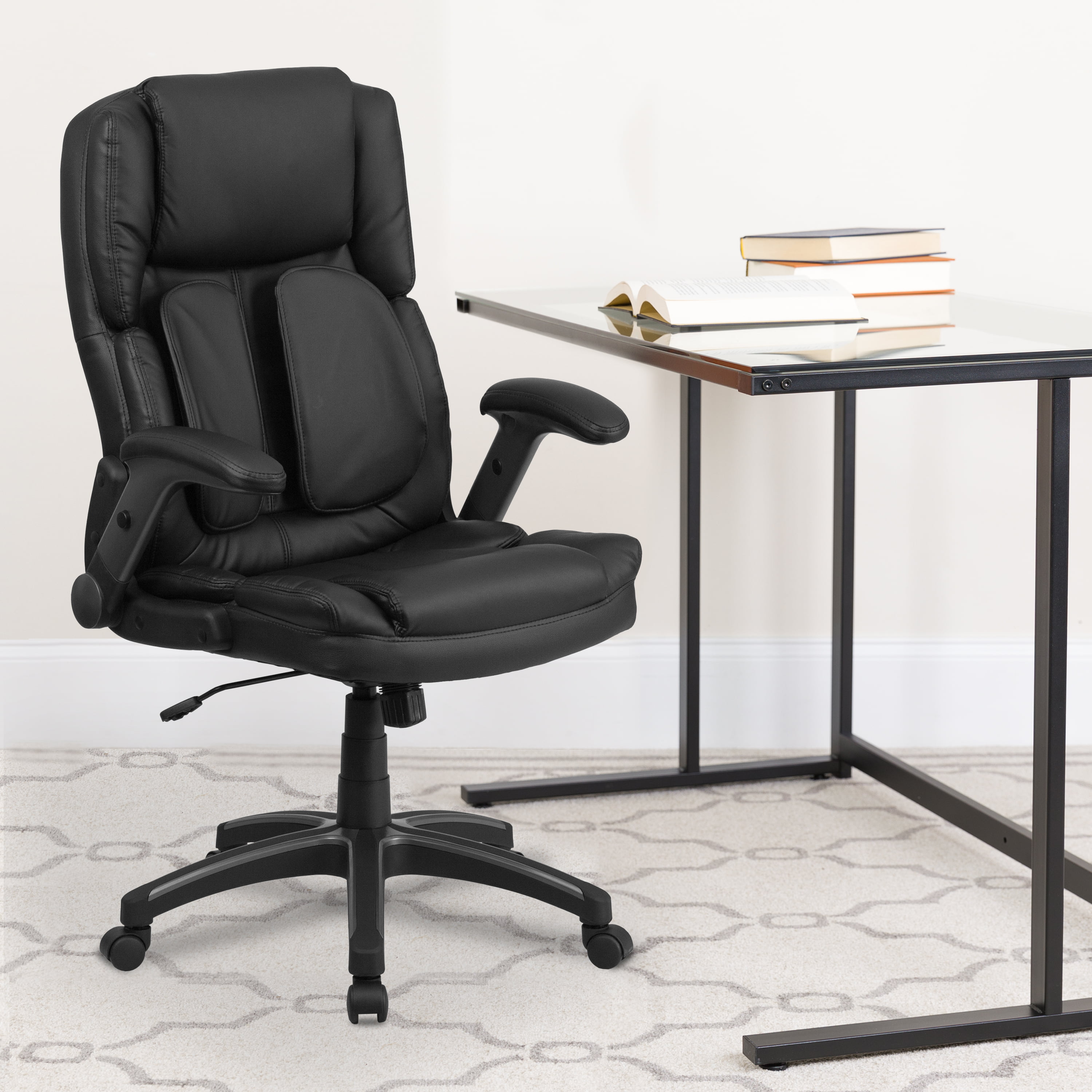Rewrite Article (AI-Free): Most Comfortable Leather Desk Chair

This article provides information on finding the most comfortable leather desk chair, based on independent research and personal experience. It avoids the use of any AI tools in its creation or editing. The goal is to offer practical advice and insights gathered through firsthand investigation and testing.
Finding the perfect leather desk chair can feel like searching for a mythical creature – comfortable, stylish, and built to last. But with careful consideration of key factors, the quest can become a satisfying journey. This rewrite focuses on practical aspects derived from personal experience and research outside of AI-generated content.
Leather Quality and Durability, Most comfortable leather desk chair
Leather quality significantly impacts a chair’s comfort and longevity. Full-grain leather, the highest quality, is durable and develops a beautiful patina over time. Top-grain leather, while less expensive, is often treated to increase its durability, but may not age as gracefully. Genuine leather, often a blend of different leathers, offers a balance between cost and quality. Consider the thickness of the leather; thicker leather generally indicates higher quality and better durability. A personal experience involved comparing a chair with full-grain leather to one with top-grain leather. The full-grain leather chair showed significantly less wear and tear after a year of daily use. The top-grain leather chair, while initially comfortable, started to show signs of cracking and wear sooner.
Ergonomic Design and Features
Ergonomic features are crucial for long-term comfort and posture support. Look for adjustable features such as lumbar support, seat height, armrests, and tilt. A chair with good lumbar support prevents back strain, while adjustable height ensures proper leg positioning. Adjustable armrests allow for optimal elbow placement, reducing shoulder and neck tension. The tilt mechanism should allow for a comfortable recline without feeling unstable. For example, a chair with a poorly designed tilt mechanism may feel wobbly or unsafe when reclined, negatively impacting comfort and productivity. Conversely, a well-designed tilt mechanism provides a smooth, controlled recline, allowing for a relaxed yet supported posture.
Construction and Build Quality
The chair’s construction is just as important as its materials. Examine the stitching, ensuring it’s tight and even. Check the sturdiness of the frame and the quality of the base. A well-constructed chair will feel solid and stable, not flimsy or wobbly. For instance, a chair with a metal base is generally more durable than one with a plastic base. Pay attention to the details – how well the different components are assembled, the overall weight and feel of the chair. A heavier chair often indicates higher-quality materials and construction. A poorly constructed chair, on the other hand, might squeak or creak with minimal use, highlighting a lack of attention to detail in its assembly.
